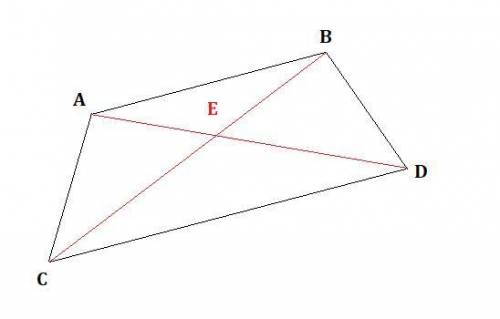
Mathematics, 03.07.2020 02:01 budjasdatazaki467
The diagonals of quadrilateral ABCD intersect at E(−2,4). ABCD has vertices at A(1,7) B(−3,5). What must be the coordinates of C and D to ensure that ABCD is a parallelogram?

Answers: 3


Other questions on the subject: Mathematics

Mathematics, 21.06.2019 17:30, hwhite41
Is trapezoid abdc the result of a dilation of trapezoid mnpq by a scale factor of ? why or why not? yes, because ab and cd are each the lengths mn and qp. yes, because sides ab and cd are parallel to sides mn and qp. no, because ab is the length mn but cd is the length qp. no, because sides ab and cd have different slopes from sides mn and qp.
Answers: 1


Mathematics, 21.06.2019 20:30, Travisbennington
Three numbers x, y, and z are in the ratio 2: 7: 8. if 12 is subtracted from y, then three numbers form a geometric sequence (in the order x, y–12, z). find x, y, and z. there are 2 sets.
Answers: 1
You know the right answer?
The diagonals of quadrilateral ABCD intersect at E(−2,4). ABCD has vertices at A(1,7) B(−3,5). What...
Questions in other subjects:


History, 14.12.2020 20:00

English, 14.12.2020 20:00



































